How to Build a Prize-Winning Photography Portfolio
Do you have a current photography portfolio? Do you know what a portfolio is and why you need one?
This post contains affiliate links, which means I may earn some money if you click on one and make a purchase. It will not cost you any extra, and I will be grateful for your support. Read the full disclosure here.
Your photography portfolio is a collection of your best work. It is a marketing tool, used to show prospective clients what you have done and what you are capable of doing.
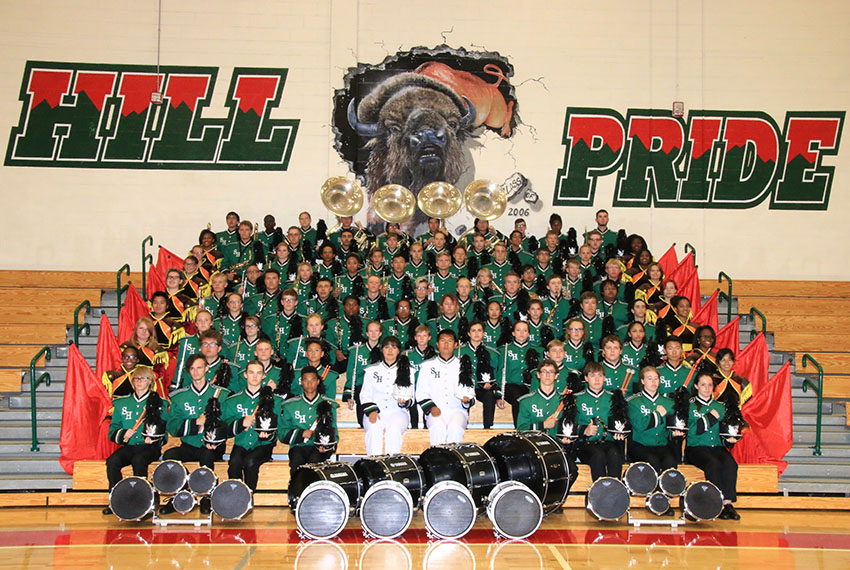
A portfolio can be digital, in the form of a portfolio website, or it can be printed, in the form of a book, or loose folder of prints. Both have their uses and both are an essential part of your professional marketing strategy.
One Size Photography Portfolio Does Not Fit All
How you assemble a portfolio and what you put in it will depend on the portfolio’s purpose. Your portfolio will vary depending on the type of work you want to display and the type of client to whom you are marketing.
For example, a wedding photographer’s portfolio will look very different from that of a food photographer. And a photojournalist’s portfolio will be different than that of a fine art photographer. In addition to including different types of images, both the content and form of presentation will differ.
If you are a wedding photographer, you’ll need to show not only your “best of the best” wedding images, but you’ll also need to be able to show a great wedding album from a single wedding, start to finish. It will need to include not only your best technical wedding work, but also your ability to tell the story.

If you are a commercial photographer, your portfolio should showcase the types of commercial assignments you are seeking. For example, if you want to photograph cars, don’t put food shots in. If you want to photograph food, your amazing widget photography isn’t going to land you a plum food assignment. Are you getting the picture?
It is entirely acceptable, and sometimes necessary, to have more than one portfolio. If you photograph both food and senior portraits, don’t try and combine them into the same portfolio. Create separate portfolios for each type of work.
Assembling a Digital Portfolio
When creating a digital portfolio, choose a web template or theme designed specifically for the purpose. Pay attention to the format and make sure it is properly viewable on a variety of devices (computer, tablet, phone, etc.). Also, make sure your portfolio site can support a blog. I am a huge fan of WordPress, even for portfolios. I recommend the Photocrati theme, as being user friendly, attractive and infinitely customizable.
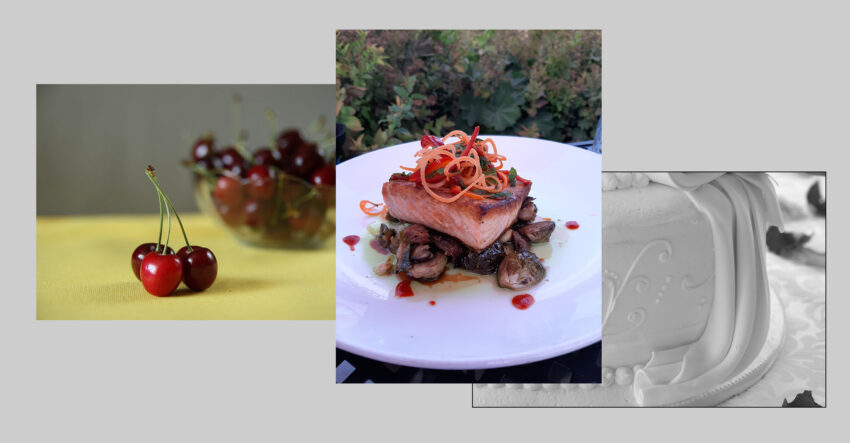
Print Photography Portfolios are Worth the Effort
For print portfolios, quality counts. Remember, you are using this to attract your ideal client. Cheap prints in slip-in page protectors in a 3-ring binder doesn’t exactly scream top-quality. Whether you choose to make a printed book or to present loose prints in a presentation folio, spend the time and the money to be sure your work is being presented in the best possible light. Use a professional printer and quality materials that tell art directors, buyers and other potential clients that you are worth the investment.
And size matters, too. Portfolio prints should be at least 8 x 10 and preferably 11 x 14, though non-standard sizes are acceptable. Larger prints may be even better, especially if you are an art photographer. Whether you choose to mat or mount them is up to you, but again, be sure you are using the best-quality materials. Decide which method shows them off to their best advantage and will keep them looking good through many viewings. Don’t even think about 4 x 6 or 5 x 7. They are too small to show necessary detail and they fairly scream “amateur.”

Portrait & Wedding Photographers Need Quality Portfolios, too
For portrait and wedding photography portfolio books, use the same type and quality books you want your clients to buy. If you show them a cheaper, inferior product to save money, they may wonder where else you’ll cut corners. If you show them a much more expensive album than you plan to sell, they may feel shortchanged in the final product.
Don’t overload your portfolio. Choose 15-20 of your best images and leave it at that. You may have more really great images, but your photography portfolio should contain only those images with the highest impact and only enough that your viewers get to the end before their attention wanders or they get bored. Your portfolio needs to begin and end with your strongest images. It should usually not include more than one image from any job (a wedding portfolio album being the exception). If you need to include multiple images from a single job, you may need to set up some jobs specifically for portfolio creation.
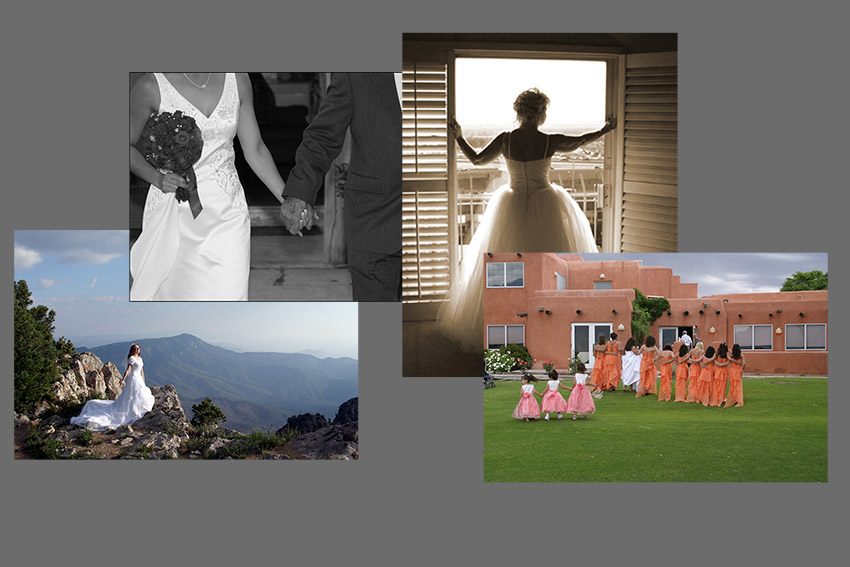
Let It Be
And once you’ve put it together, resist the temptation to keep adding to it or swapping out images. While it is good practice to update your portfolio periodically, especially in commercial and portrait/wedding photography where it is important to be at least current if not ahead of the trends, continuous tweaking is not indicative of confidence in your work. Updating a commercial print portfolio a couple of times a year is often enough.
The same advice applies to a digital photography portfolio. Just because it’s easy to update doesn’t mean you should be doing it too frequently. Use your blog to regularly highlight your most current projects. Not only will this allow your portfolio to stand on its own, blogging regularly about your work is a great marketing tool and can help drive traffic to your online photography portfolio. You can learn more about photography blogging here.
And don’t fall into the trap of thinking just a digital photography portfolio is enough. Art directors may look initially at your website, but most want ultimately to see a print portfolio. Another advantage of a print portfolio is having total control over what and how viewers see your prints. Colors and resolution can vary widely on different monitors and displays. A photographic print doesn’t change.
You’ve likely spent a substantial amount of time and money developing your craft and your skill. Building your portfolio deserves just as much thought and care as any other aspect of your photography business. Don’t shortchange yourself when it comes time to display and promote it.
Do you have an up-to-date photography portfolio? Do you have digital, print or both? How have they worked for you? Please share your questions and comments below.
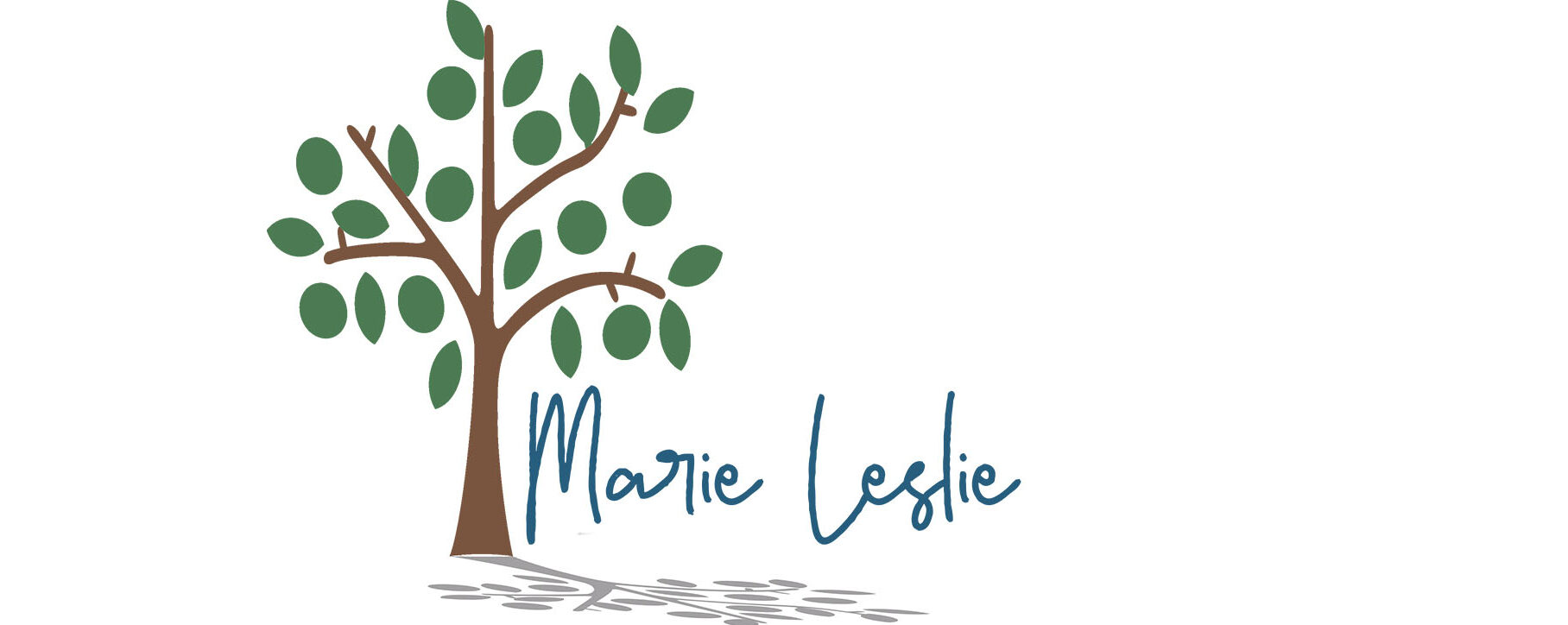
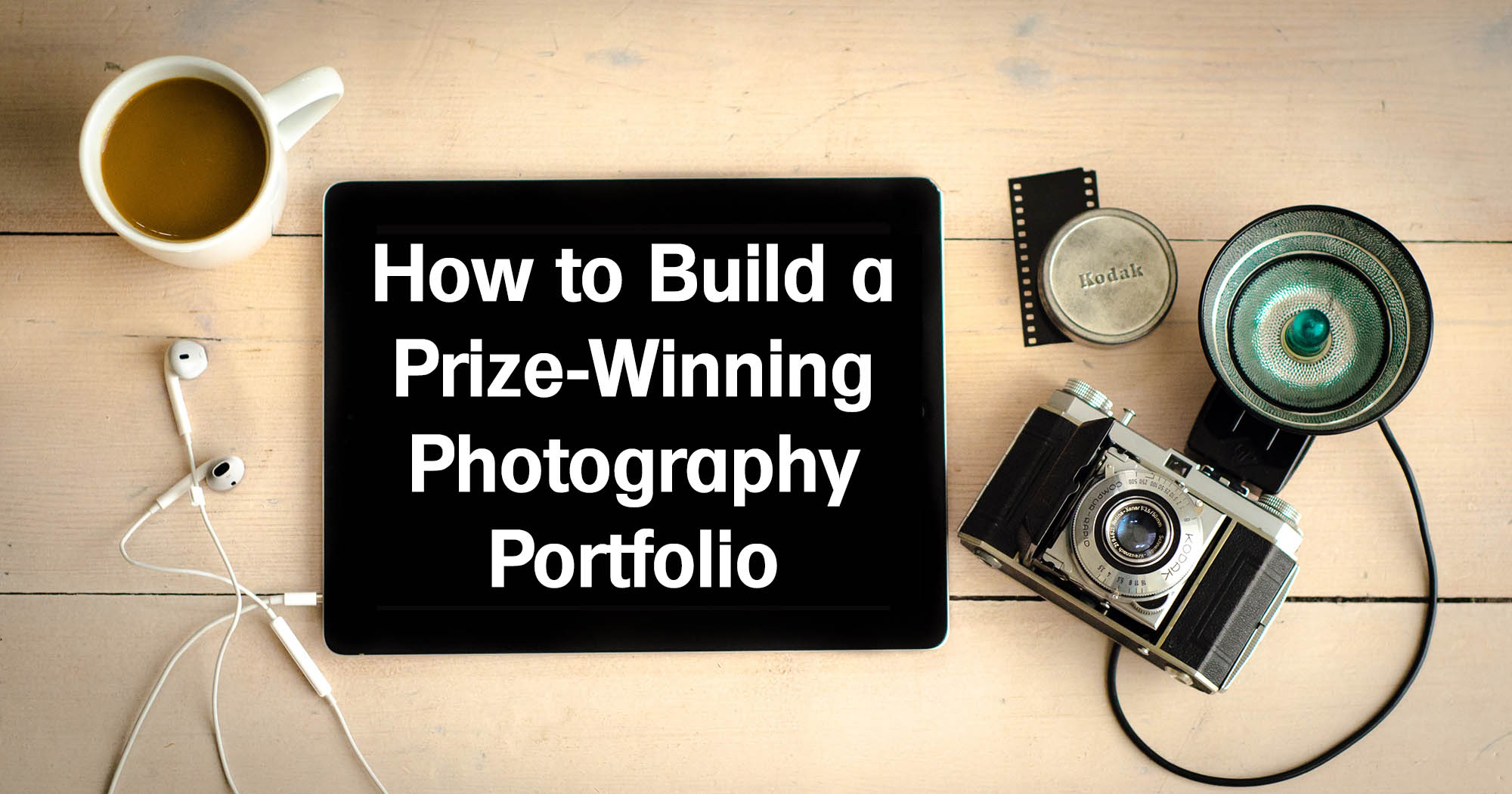






Great advice on developing a photographic portfolio. Anyone who is in the trade, must have both a standout physical and digital assets to show potential customers
Thanks, Tom. I am sure in your field, too, great images make a huge difference in attracting more interest as well.
My business partner has invested massive amounts of time and money in his photography projects … and I know what goes into creating a portfolio that stands out in the crowd. Great recommendations, Marie!
Thanks for your comments, Sharon. It is so important to spend as much effort choosing how to market our art as it is creating it–especially if we want to be able to keep creating it.
I am going to share this with one of my good friends who is a photographer… I think she might really get something out of it…thanks for sharing!
Wonderful, Liz. Thank you. So glad you enjoyed it and found this article helpful enough to share.
Very informative post! It is indeed essential to have a quality portfolio. What style of photography do you prefer?
I have been photographing portraits and weddings nearly all my career, Lorii. Weddings are often amazing events and I have always loved their immediacy, but they are also exhausting and physically demanding. My favorite portait subjects are high school seniors–they are just so much fun. Put truly, I love creating photographs of any kind that touch people in some way and tell a story, either by themselves or together with other photographs. And for a challenge–lightning is definitely my favorite.
I can’t imagine working with a photographer who did not have more than one portfolio. These are outstanding tip!
Great advice here! I am sure people think portfolios are quick and easy but to be done right it obviously takes time.
This is great Leslie! Thank you for sharing those pointers on how to assemble an effective portfolio. Especially helpful for photographers and those looking to create a photo portofolio. Fun fun fun! 🙂
I am not a photographer but am getting ready to work with one as I begin the rebranding process and revise my website. His portfolio was amazing and based on everything you stated, is clearly doing everything right. Thanks for confirming my decision to go with him.
You are most welcome, Beth. And thanks for confirming how important it is to have a quality portfolio of your work.
A portfolio is very important. I’ve recently had a photoshoot with a local photographer and whilst it was a status update on Facebook with a strong call to action that made me get in touch and book,n seeing his images over time instilled confidence and created the state of mind of “when I’m ready, this is the person I’m going to”
Wonderful, Lianne-Carla. It’s so good to have that confirmation for photographers to know how it really works.
I love images! While I’m not a photographer, I have plenty and have been known to use them to make notecards for use as thank you notes.
Great pointers.
Super info here, Marie. Thanks for the pointers.
This is so timely for me Marie. Thank you. I need to assemble a portfolio of my graphic designs.
You are welcome, Kathy. I think whether you are assembling a photography portfolio, graphic design or any other type of art, the principles are still the same. Good luck with putting it together–if you have any other questions, feel free to ask. And I’d love to see your work when you get it done.
Great suggestions here Marie. Thank you for sharing your knowledge about a subject I know very little about!
Great article, Marie. This is not my area of expertise, but I do know how important it is to have a quality portfolio. A digital online portfolio is huge. I know of one prospective bride that did all of her research online for her wedding photographer. For those photographers that did not have a website, they were not even considered. Thank you for sharing your expertise, Marie!
Having both these days is critical to business success, Robin, especially in the portrait/wedding world. Your bride is definitely in the majority these days. And if you’re not online, this tech-savvy generation assumes you don’t know technology and they don’t want to waste their time.
I’m not a photographer but I found the post interesting and informative.
I love all these ideas! I am an amateur photographer. Really don’t plan to sell it, just love to get good images. I am all about the Horse!:~)
That’s ok, MarVeena. There is room in the photography world for all of us. I am all about getting those great images, too.
I admit this is not my area of expertise but I can clearly see that the guidance and recommendations that you have shared can be transferred to other expressive art forms. Thanks Marie Leslie for the informative post.
You are most welcome, Vatsala. Thanks for stopping by.
This is an area where I do not know much about. Looking forward to learning more from you – will be taught by one of the best! 🙂 Woohoo!!!
Thanks, Norma–we definitely have a lot to learn from each other. So glad I found your site and have gotten to know you.